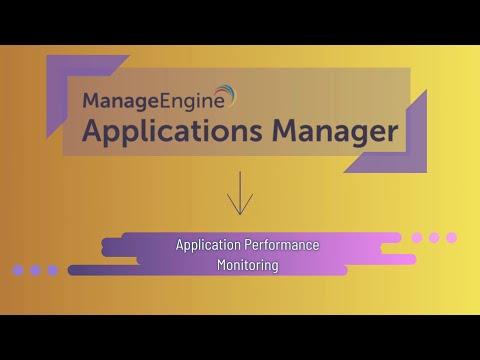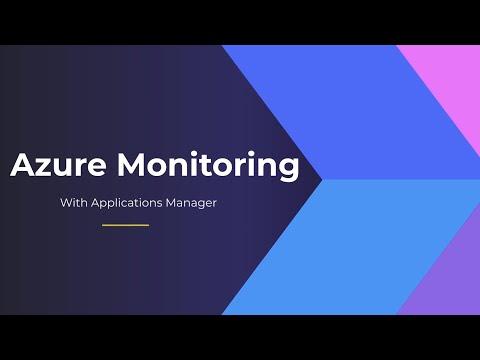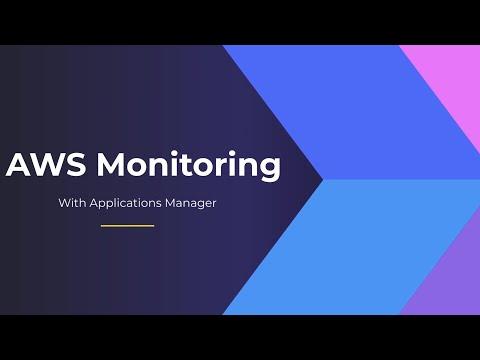Data may be pouring into enterprises but IT professionals still find most of it stuck in siloed departments and weeks away from being able to drive any valued action. Coupled with the ongoing concerns over security responsiveness, IT teams have to push aside other important performance-oriented data in order to ensure security data, at least, gets prominent attention. A new survey by Ivanti shows the disconnect between enterprise departments struggling to improve operations like automation while being challenged with a siloed structure and a data onslaught.
Survey findings from over 400 IT professionals showed that security remains the top priority (70%) in obtaining real-time actionable data. Other key priorities get secondary consideration as they suffer from siloed departments. Automation (46%), user productivity and troubleshooting (42%) and customer experience (41%) have to take a back seat as IT focuses attention on data that may indicate a critical risk. Additionally the survey found that application deployment takes IT teams the most time to perform, followed by backup and data protection.
Conversely, the survey found that onboarding/offboarding suffers the least (20%) due to siloes, an indication IT and HR have found a way to work far more closely with integrated goals.
Key findings of the report were:
■ Only 10% of respondents said the data they receive is actionable within minutes.
■ More than half of IT professionals (51%) report they have to work with their data for days, weeks or more, before it's actionable.
■ One in three respondents said they have the resources to act on their data but more than half (52%) said they only sometimes have the resources.
■ 15% of IT professionals say they have too many data sources to count.
■ 37% of professionals said they have about 11-25 different sources for data.
Siloed Organizations Slow Down Data Action and Performance
To improve performance, notably application deployment, automation and troubleshooting user productivity issues, IT professionals need a more unified approach when working across organizational departments and existing silos. Security remains a major data insights requirement, but it's also important to note that IT organizations need to find better ways to work with their data or it will continue to impact other critical IT priorities.
Organizations need to start erasing siloes and enabling IT teams to have more insight into departments. Better access to application data, for example, will help IT to use the data resources enterprises are paying for, and realize value from the investment.
The Latest
The use of hybrid multicloud models is forecasted to double over the next one to three years as IT decision makers are facing new pressures to modernize IT infrastructures because of drivers like AI, security, and sustainability, according to the Enterprise Cloud Index (ECI) report from Nutanix ...
Over the last 20 years Digital Employee Experience has become a necessity for companies committed to digital transformation and improving IT experiences. In fact, by 2025, more than 50% of IT organizations will use digital employee experience to prioritize and measure digital initiative success ...
While most companies are now deploying cloud-based technologies, the 2024 Secure Cloud Networking Field Report from Aviatrix found that there is a silent struggle to maximize value from those investments. Many of the challenges organizations have faced over the past several years have evolved, but continue today ...
In our latest research, Cisco's The App Attention Index 2023: Beware the Application Generation, 62% of consumers report their expectations for digital experiences are far higher than they were two years ago, and 64% state they are less forgiving of poor digital services than they were just 12 months ago ...
In MEAN TIME TO INSIGHT Episode 5, Shamus McGillicuddy, VP of Research, Network Infrastructure and Operations, at EMA discusses the network source of truth ...
A vast majority (89%) of organizations have rapidly expanded their technology in the past few years and three quarters (76%) say it's brought with it increased "chaos" that they have to manage, according to Situation Report 2024: Managing Technology Chaos from Software AG ...
In 2024 the number one challenge facing IT teams is a lack of skilled workers, and many are turning to automation as an answer, according to IT Trends: 2024 Industry Report ...
Organizations are continuing to embrace multicloud environments and cloud-native architectures to enable rapid transformation and deliver secure innovation. However, despite the speed, scale, and agility enabled by these modern cloud ecosystems, organizations are struggling to manage the explosion of data they create, according to The state of observability 2024: Overcoming complexity through AI-driven analytics and automation strategies, a report from Dynatrace ...
Organizations recognize the value of observability, but only 10% of them are actually practicing full observability of their applications and infrastructure. This is among the key findings from the recently completed Logz.io 2024 Observability Pulse Survey and Report ...
Businesses must adopt a comprehensive Internet Performance Monitoring (IPM) strategy, says Enterprise Management Associates (EMA), a leading IT analyst research firm. This strategy is crucial to bridge the significant observability gap within today's complex IT infrastructures. The recommendation is particularly timely, given that 99% of enterprises are expanding their use of the Internet as a primary connectivity conduit while facing challenges due to the inefficiency of multiple, disjointed monitoring tools, according to Modern Enterprises Must Boost Observability with Internet Performance Monitoring, a new report from EMA and Catchpoint ...






